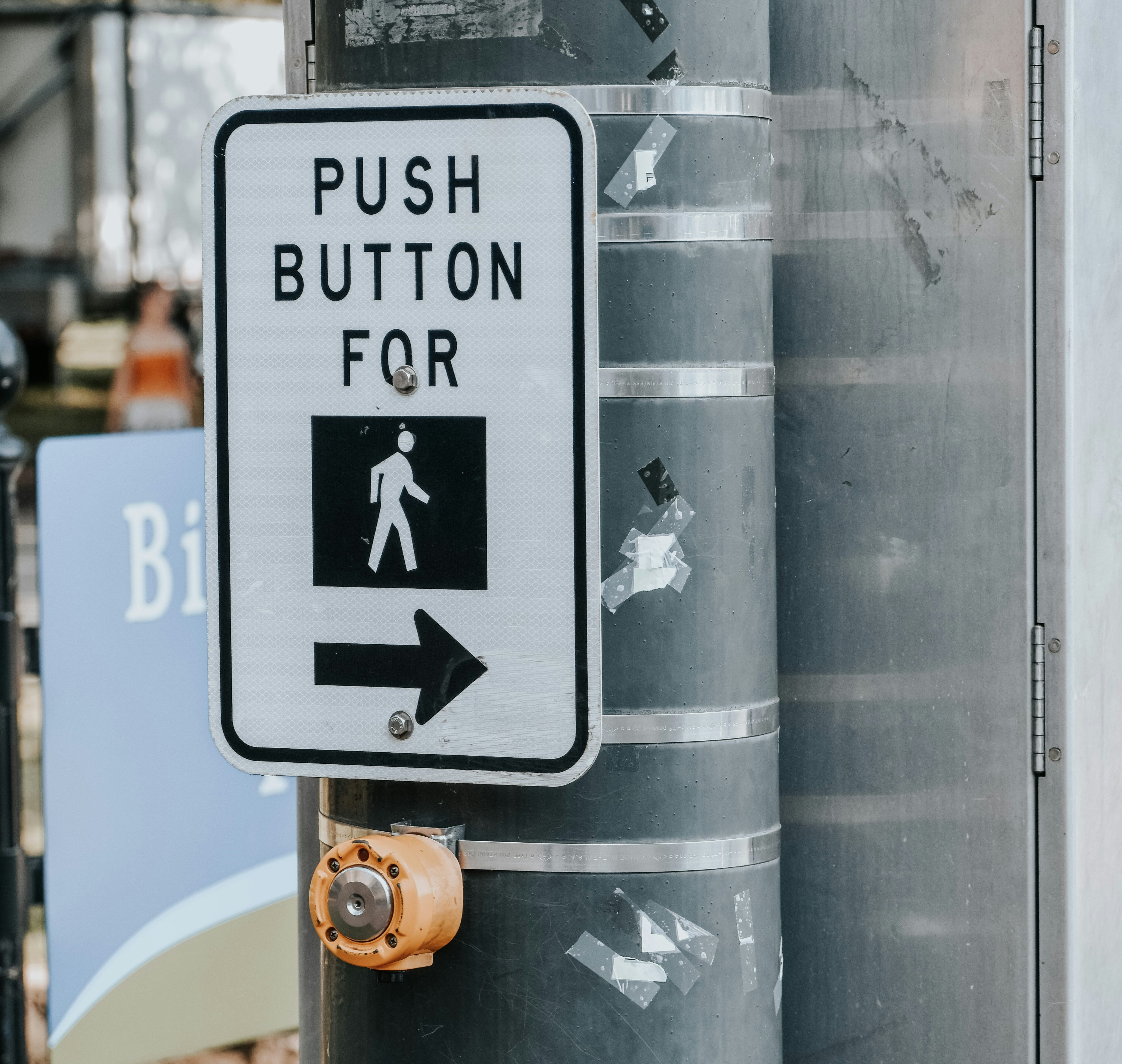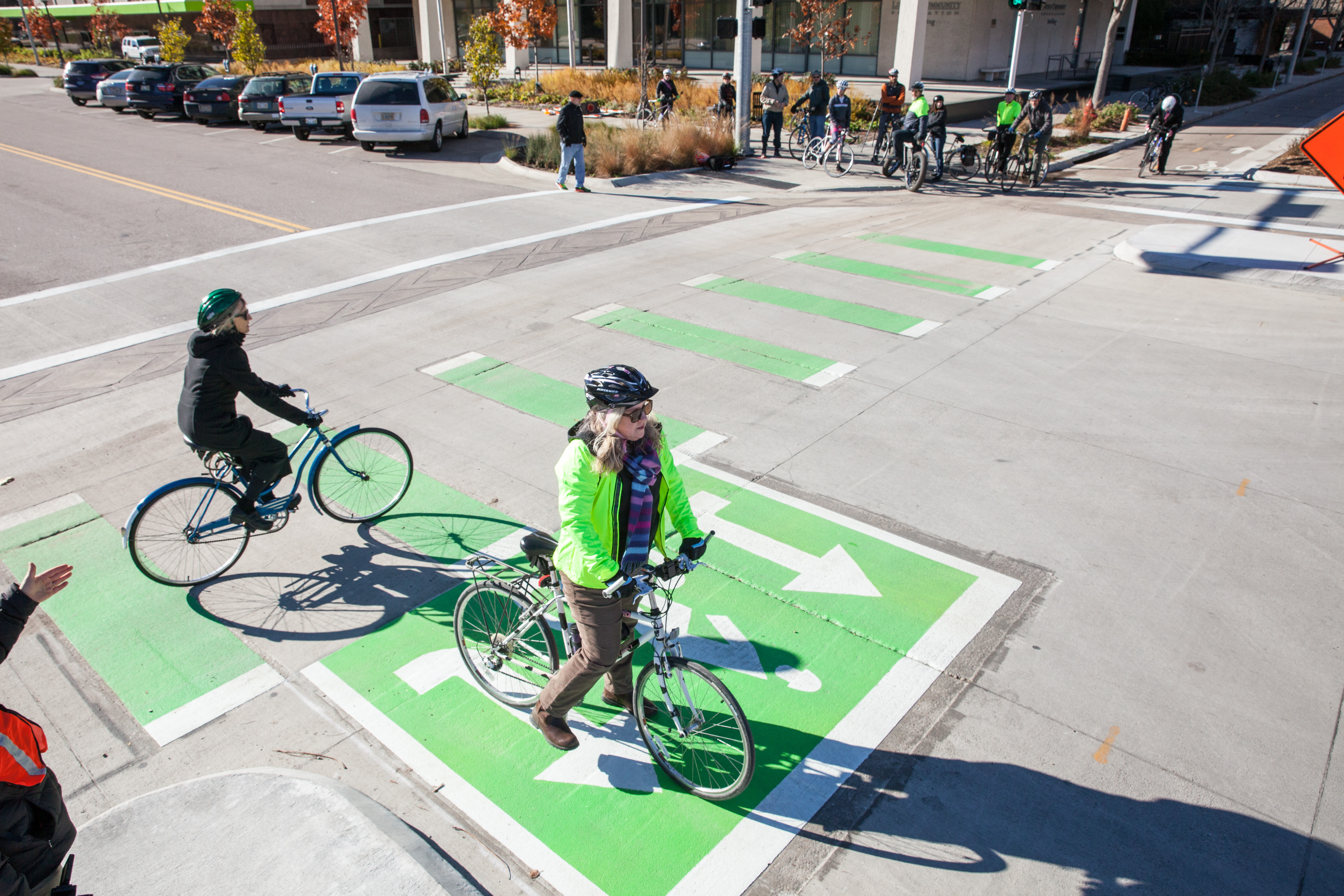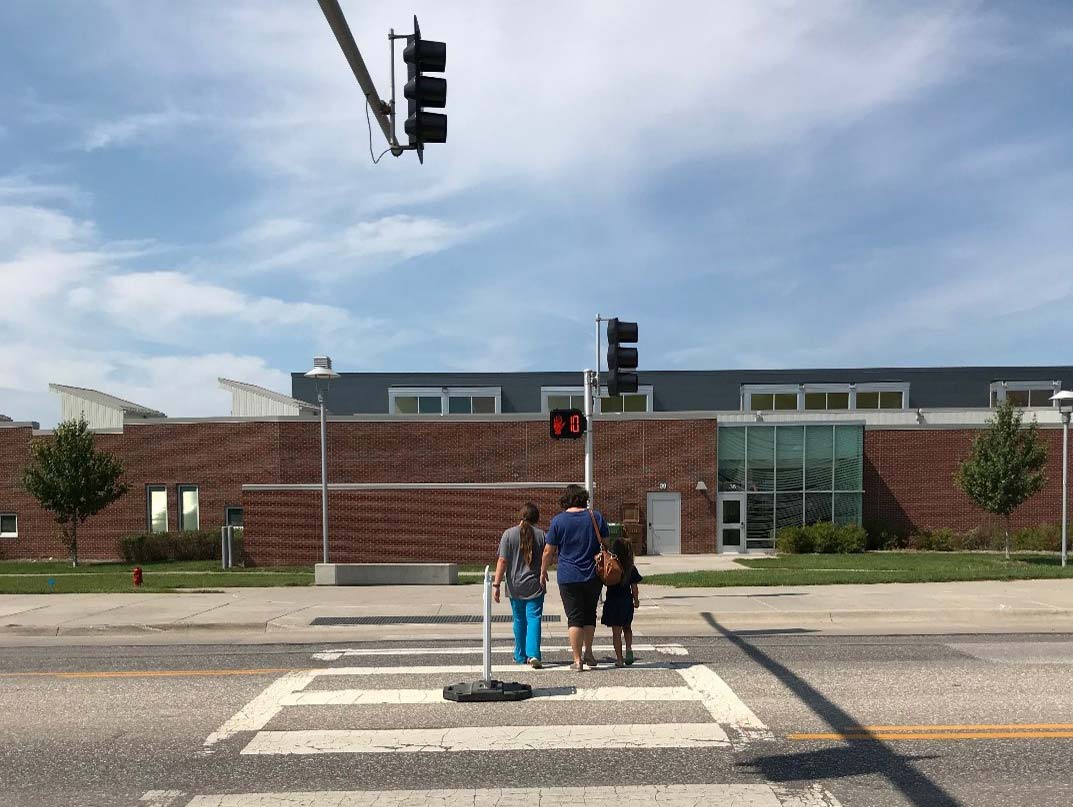Pedestrian and Bicycle Infrastructure Policy Statement

This Policy Statement provides an overview of the Nebraska Department of Transportation’s (NDOT) approach to include pedestrian and bicyclist infrastructure along and across state highways in municipalities throughout Nebraska.
Commitment and Vision
Walking and biking are important components of the state’s transportation system. NDOT is responsible for delivering a safe, reliable and efficient transportation system that facilitates the movement of people and goods across the state. Because promoting safety for all users of the transportation system is central to this mission, NDOT has developed this policy statement to include infrastructure for pedestrians and bicyclists as part of applicable roadway projects.
The primary focus of this policy statement is to describe NDOT’s commitment to identifying additional opportunities to include pedestrian and bicycle infrastructure with roadway projects. NDOT will do so in a manner that is fiscally sustainable and ensures good stewardship of public funds by leveraging roadway projects as opportunities to include these features.

Designing roads with people in mind means evaluating how every project can support safe walking and biking in urban communities around the state.
Applicable Projects
This policy statement applies to all 3R (Resurfacing, Restoration, and Rehabilitation); new construction; and reconstruction projects in urban areas on the Nebraska state highway system. NDOT also commits to coordination with local agencies regarding the provision of bikeways as part of applicable roadway projects. This policy statement does not apply to maintenance projects, projects on a limited-access roadway or freeway, or projects that are completely in a rural context.
This policy statement does not commit NDOT to implementing standalone pedestrian or bicycle infrastructure projects or retrofitting existing pedestrian/bicycle infrastructure adjacent to roadways separate from a larger roadway project.
Deviations
Each project will present unique circumstances, opportunities and challenges to incorporating pedestrian and bicycle infrastructure; therefore, deviations from the policy may be appropriate in some circumstances. Factors such as cost relative to the overall project cost, other indirect costs, or other associated impacts may be considerations for approving a deviation.
Deviations shall only be approved by the Roadway Design Engineer, in consultation with the NDOT Deputy Director – Engineering.

Vehicle speed and roadway design greatly influence crash severity, and thoughtful design of curves, slopes, lanes, sidewalks, crosswalks, curb extensions, and intersections can naturally slow traffic, reduce conflict points, improve visibility, and save lives.
Coordination
NDOT will coordinate with local jurisdictions throughout the project development life cycle. This collaboration will be especially critical in the early planning stages when decisions related to right-of-way and design criteria are made.
Planning for new pedestrian and bicycle infrastructure in roadway projects will require partnership with local jurisdictions/agencies. An improved process for integrating bikeways into roadway projects has not yet been fully developed but will rely on local agency leadership or locally adopted plans to guide decisions regarding bicycle facilities.

Implementation
This policy statement will be reviewed periodically to ensure alignment with technical implementation guidance that is currently being developed. Technical implementation of constructing pedestrian and bicycle infrastructure will be incorporated into NDOT’s design manuals, guidance documents, policies and agency operating instructions. These documents will be regularly reviewed to ensure conformance with changes related to NDOT, state and federal policies. Future changes in technical implementation will be reflected in this policy statement. A technical implementation guide will be developed as a tool to assist NDOT with implementation